Marble and Biophilic Design – A dialogue between nature and architecture
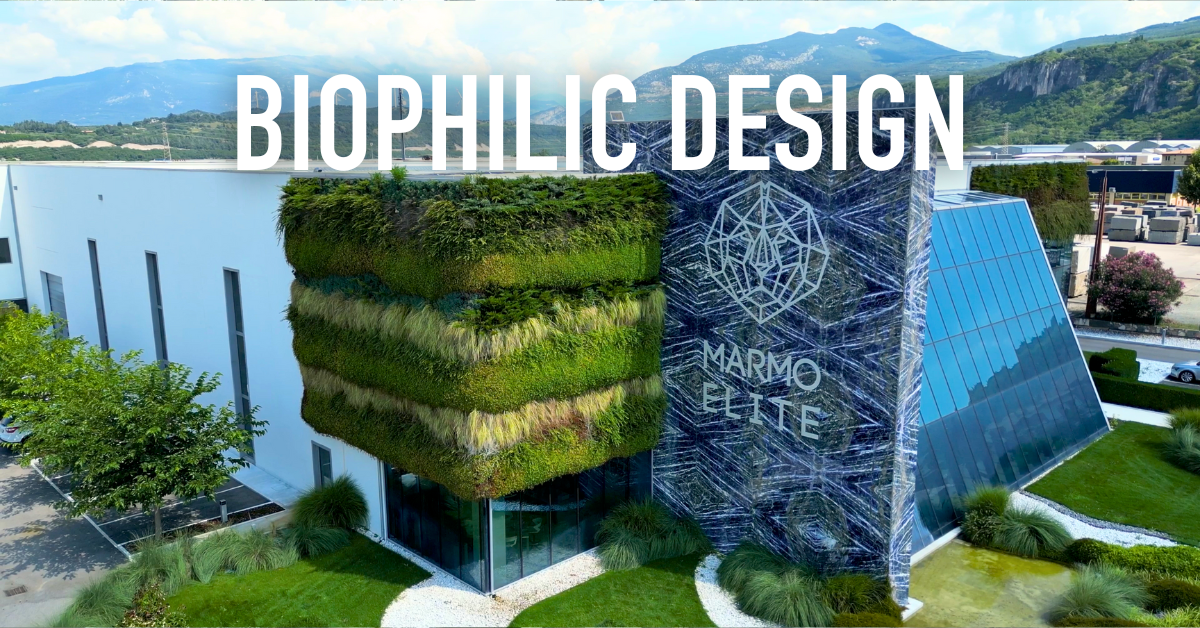
There is a new design philosophy that aims to bring nature back into the spaces where we live and work: biophilic design.
It’s an approach that integrates natural elements, architecture, and interior design with a clear goal—to enhance human well-being and reduce stress.
In this article, we explore the essence of biophilic design and, in particular, the vital role that natural stone plays in shaping spaces that reconnect us with the Earth.
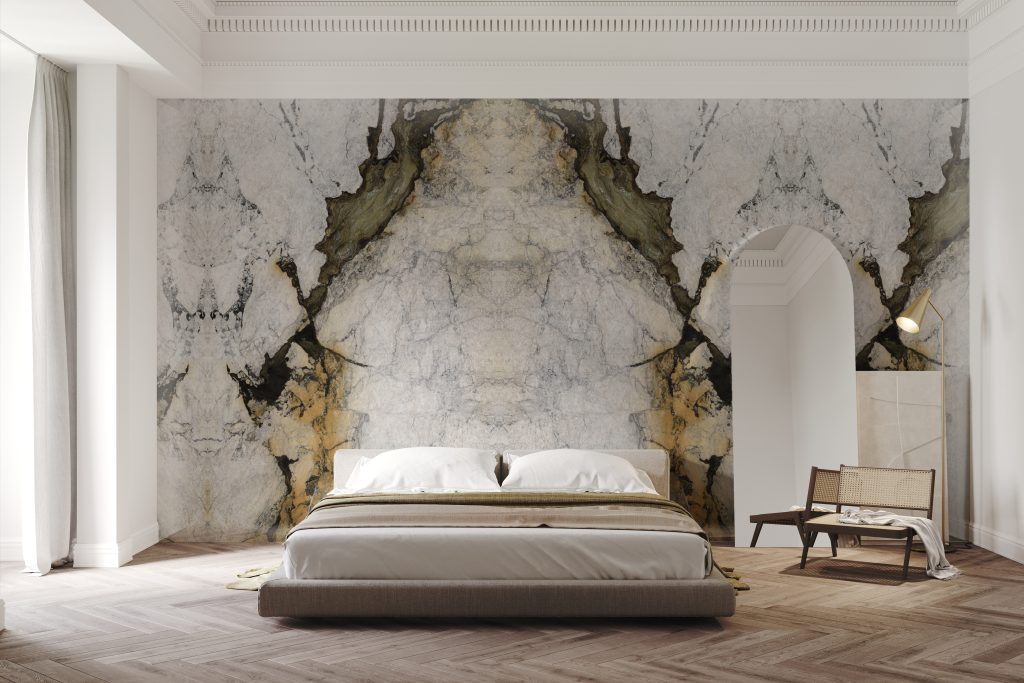
What is biophilic design
The term biophilia literally means “love of nature.” It reflects our innate need for connection with the natural world—a need that has often been overlooked amid urbanization and the widespread use of synthetic materials.
Biophilic design seeks to restore this bond by intentionally reintroducing natural elements into our built environments.
Although the concept first emerged in the 1980s, it has recently gained renewed attention as a response to growing environmental concerns in urban areas.
The movement promotes designing spaces—both indoor and outdoor—that integrate nature more deeply and meaningfully.
Its ambition is both simple and profound: to make us feel better in the places we inhabit.
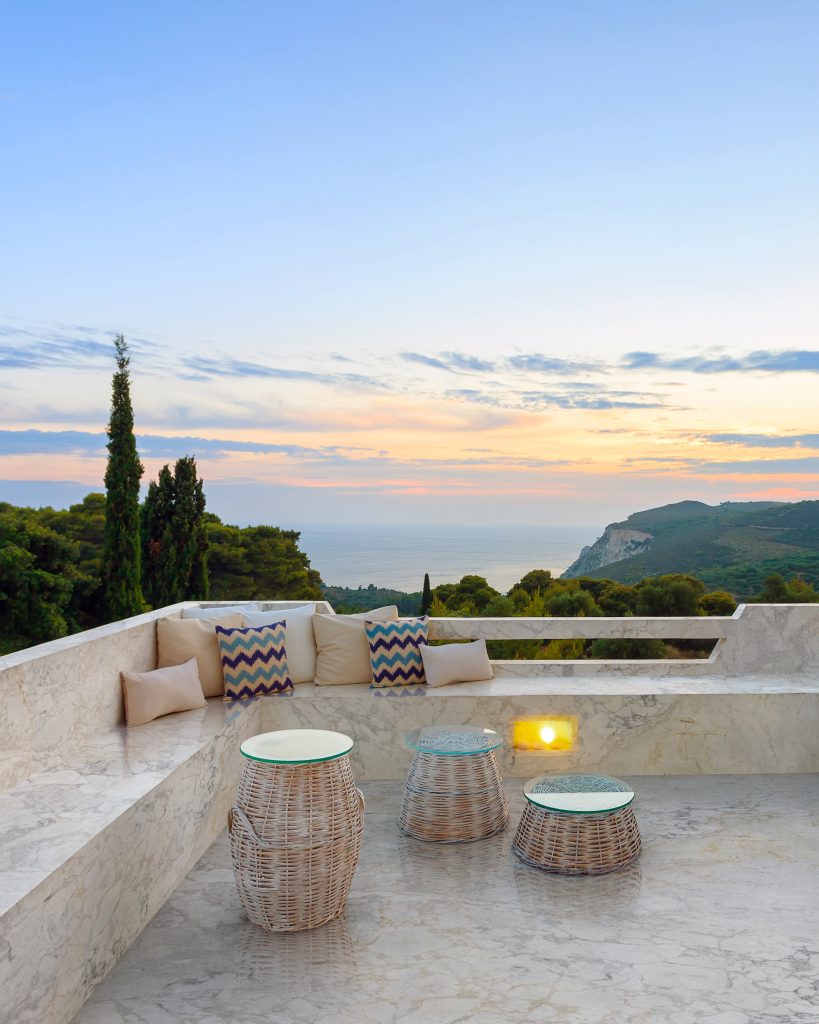
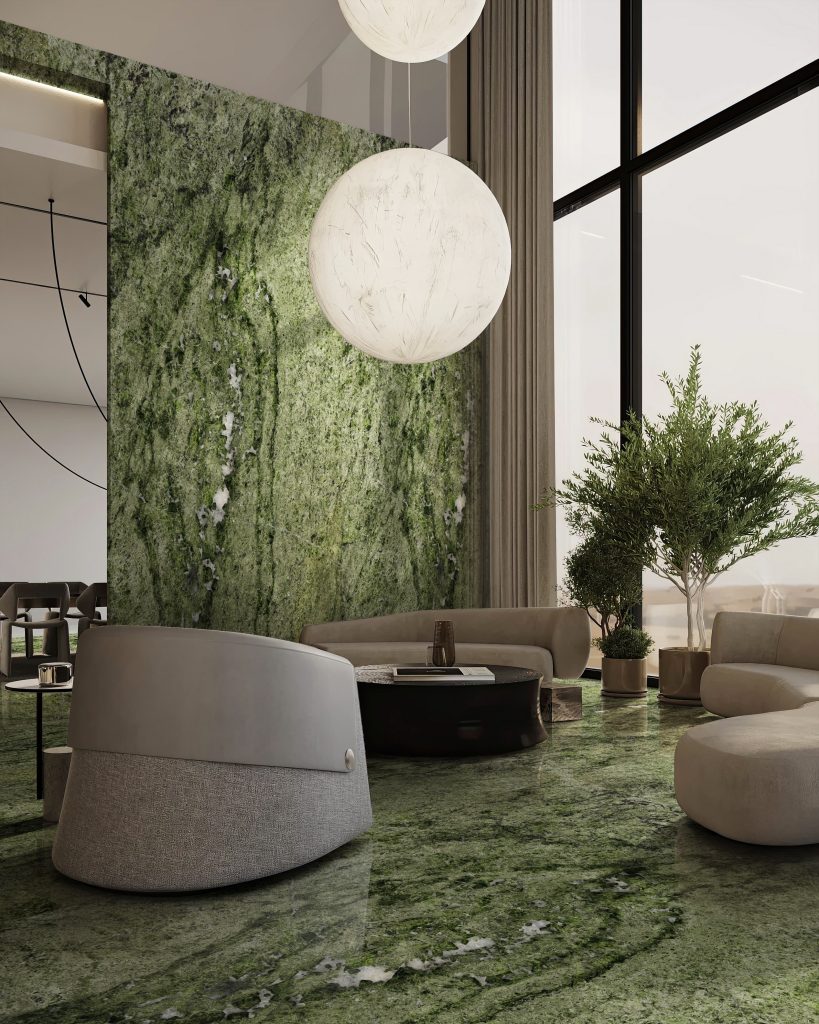
The principles of biophilic design
As mentioned, biophilic design integrates natural elements within architectural and interior spaces.
These elements can include plants, stone, wood, and water—but also light, shadow, scent, texture, and sound.
Together, they create visual and sensory connections with nature. Imperfect forms, organic patterns, and natural colors build an intimate, emotional link between people and space.
They foster relaxation and evoke a sense of calm that feels almost instinctive—something ancient within us.
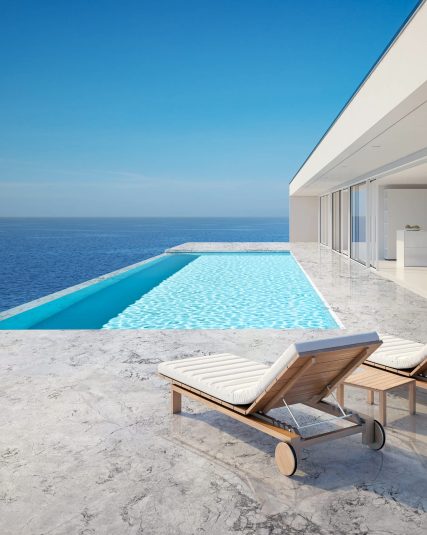
The role of marble in biophilic design
Choosing marble for a biophilic project allows architects and designers to establish a deep and layered connection between humans and nature.
As a natural stone, marble carries within it the geological history of the Earth. Its veins, tones, and subtle variations tell stories of millennia, making each slab truly unique.
Within a space, this uniqueness conveys authenticity—something that no artificial material can replicate.
Marble is also an inherently durable material, requiring no frequent replacements. Its longevity perfectly embodies the principles of sustainable, environmentally conscious design.

Finishes and design choices
Finishes can enhance the sensory value of a material and emphasize its organic essence.
For instance, Travertine Classico, with its warm porosity and tactile depth, introduces a natural dimension that invites touch.
Similarly, large slabs installed book-matched across a wall can become a true work of natural art—ideal for living areas, lobbies, and suites.


At Marmo Elite, we select exceptional slabs from the world’s finest quarries, offering a wide range of textures and colors—from serene, natural minimalism to bold, expressive contrasts.
We work closely with architects and clients, guiding them in the choice of materials, finishes, and combinations to create interiors that balance elegance, comfort, and identity.
Visit our online inventory or stop by our showroom to see natural stone in person, feel the textures, and together identify the solutions best suited to your project.

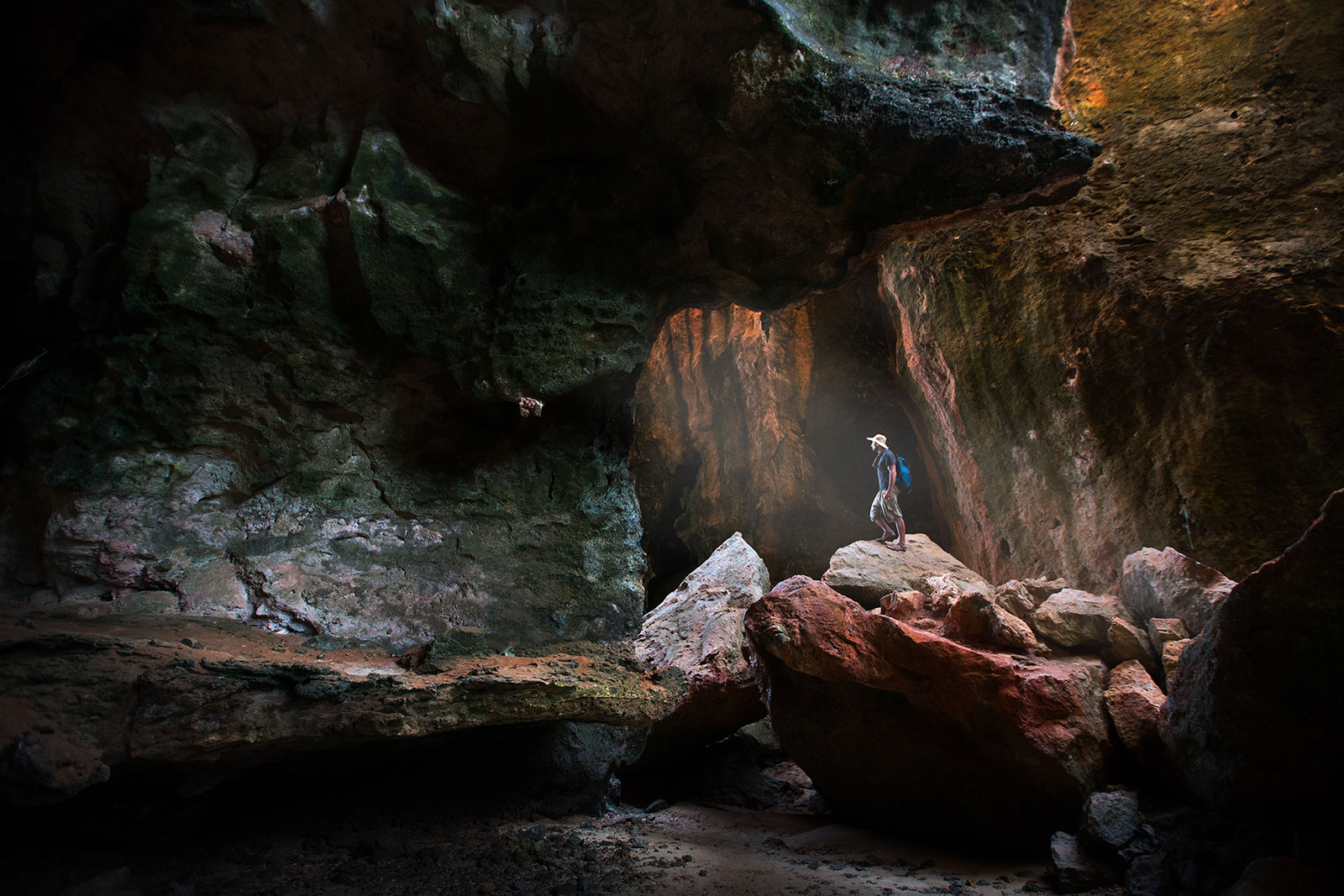
No Comments